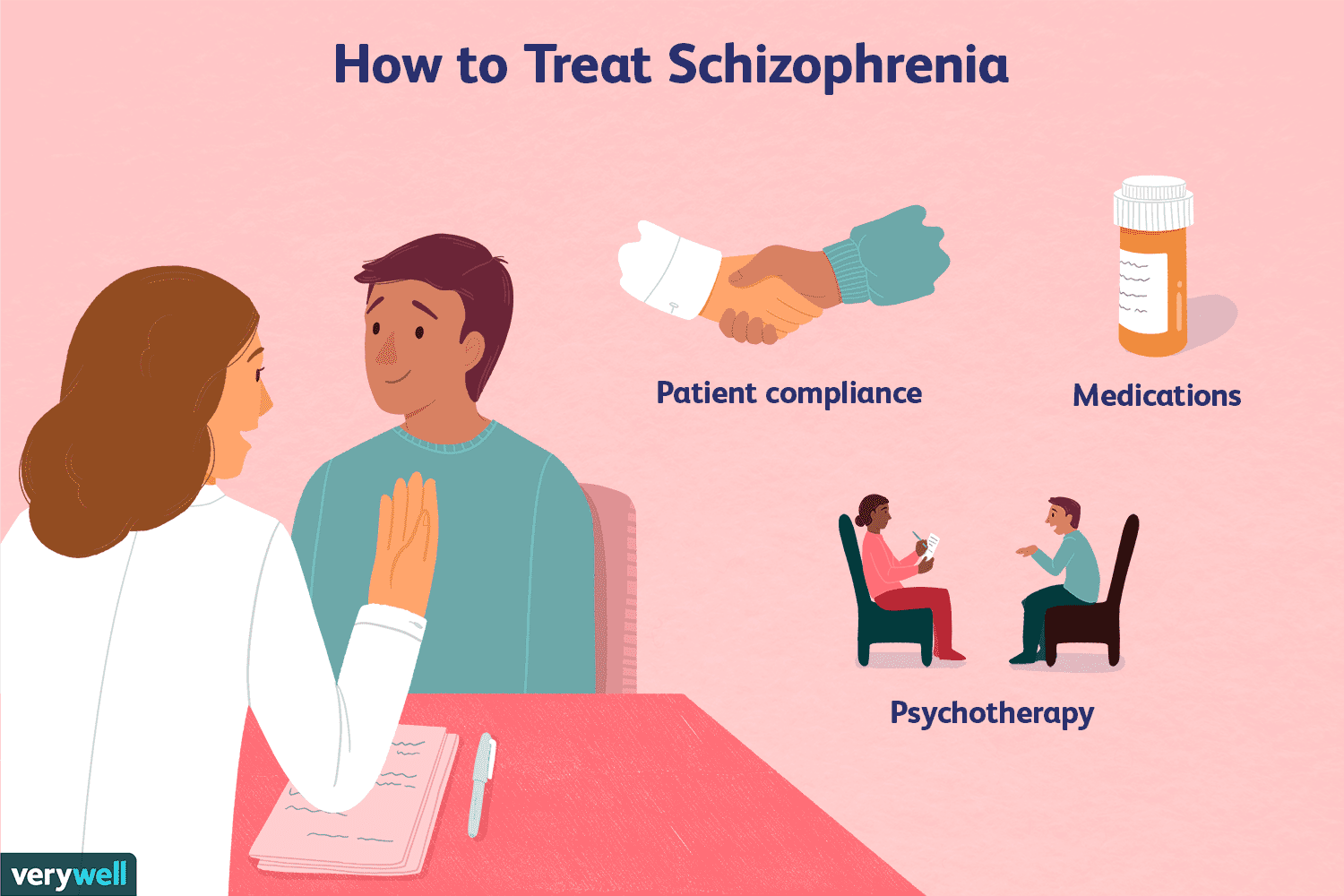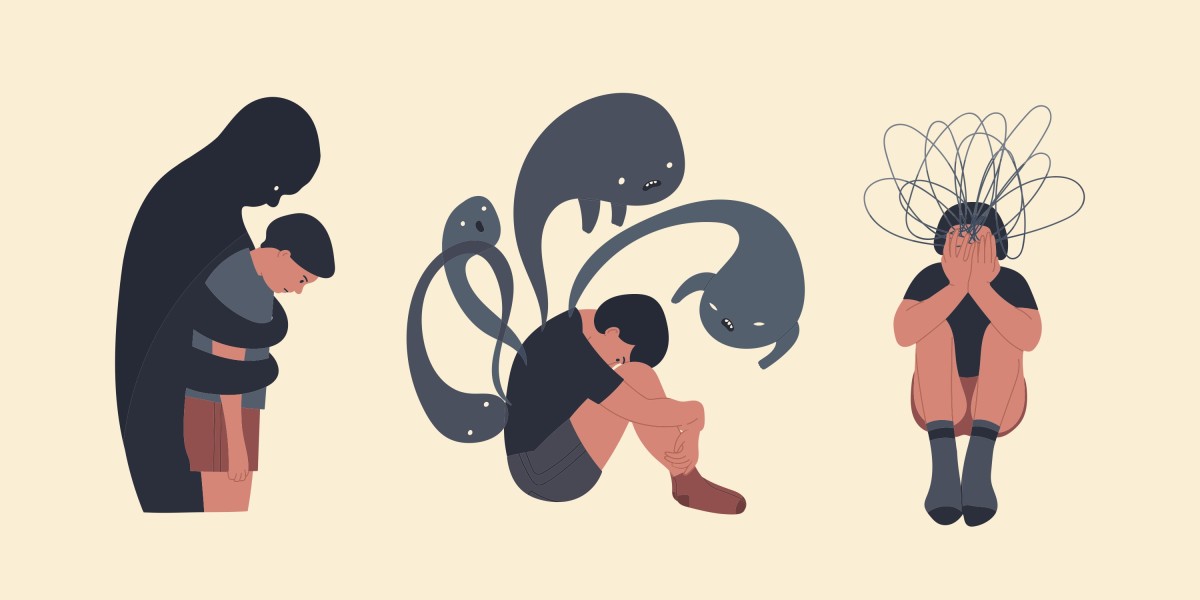Picture 1: Possible pathology, and treatment for schizophrenia[1].
Schizophrenia is a chronic brain disorder, which affects about 1 % of the U.S. population[2]. The symptoms that characterize the disorder can be fall into the categorizes of positive and negative symptoms. Positive symptoms are abnormally present, and can be hallucinations, paranoia and exaggerated or distorted perception, beliefs, and behaviors[3]. While negative symptoms concern what is abnormally absent such as the loss or decrease in ability to speak, express emotion, initiate plans and find pleasure[4].
There is no cure for the disorder, and there has yet to be found a cause or the pathology or the biological bases for how schizophrenia develops. A possible pathway that plays a role and can be correlated with schizophrenia is the wnt signaling pathway. The wnt signaling pathway play a role in neural development in addition to neural circuit function[5]. In relation to schizophrenia there can be understood to be overactivation of GSK-3β, which causes a decrease in β-catenin levels[6]. In the wnt pathway, if there is proper signaling GSK-3β levels are down, while β-catenin levels are increased[7], seen in Figure 1, is the explanation of this process. β -catenin is required for TCF/LEF transcription.[8] Transcription is the process of making RNA from a gene’s DNA sequence[9]. Together β-catenin and TCF/LEF transcription is important for schizophrenia and can be a factor in the development of schizophrenia.

Figure 1: GSK-3β is a part of a destruction complex that keeps β -catenin phosphorylated, which causes the deceased levels of β -catenin. However, when Wnt binds to the receptor which facilitates disengagement of the destruction complex, it decreases the phosphorylation that results in β -catenin being able to transfer into the nucleus[11].
Treatment
 Picture 2: The different components in treating schizophrenia[12].
Picture 2: The different components in treating schizophrenia[12].
There is no treatment found that treats all the symptoms present in schizophrenia patients, which makes the treatment of the disorder a bigger process, of multiple components. As seen in figure 2, a combination of medications, and nonpharmacological treatment, like psychotherapy, and patient compliance can have an effect in treating the disorder[13].
Medication is the first process in treatment of schizophrenia, and the most typical used is antipsychotics. These drugs bind dopamine receptors, which can relate to the possible hyperactivity in dopamine levels in patient with schizophrenia. In dopamine hyperactivity there are higher levels of GSK-3β, and a deceased amount of β-catenin, which can correlate to the function of the wnt signaling pathway[14]. The antipsychotics predominantly target the positive symptoms related to schizophrenia, while having limited effect on the negative symptoms.
Patient compliance is another important factor in the treatment of the disorder, this concerns ensuring patient are taking their medications. Nonpharmacological therapies therapies can help to ensure that patients remain adherent to their medications[15].
There are various other treatment such as cognitive behavioral therapy[16], transcranial magnetic stimulation[17], and yoga therapy[18]. Nonpharmacological treatments should be used as an addition to medications, not as a substitute for them[19]. Treatment programs in which encourage family support have shown to decrease rehospitalization and to improve social functioning for patient with schizophrenia[20].
There needs to be further research to improve the quality of treatment, and understanding the pathology of the disorder in more detail. In combination, a conversation talking about the ethics of treatment, and how it affects schizophrenia patients should be encouraged.
Bibliography
Aleman, A., Enriquez-Geppert, S., Knegtering, H., & Dlabac-de Lange, J. J. (2018). Moderate effects of noninvasive brain stimulation of the frontal cortex for improving negative symptoms in schizophrenia: Meta-analysis of controlled trials. Neuroscience & Biobehavioral
Ganguly, P., Soliman, A., & Moustafa, A. A. (2018). Holistic Management of Schizophrenia Symptoms Using Pharmacological and Non-pharmacological Treatment. Frontiers in public health, 6, 166. https://doi.org/10.3389/fpubh.2018.00166
Lodha, P., & De Sousa, A. (2020). Cognitive behavioural therapy and its role in the outcome and recovery from schizophrenia. In A. Shrivastava & A. De Sousa (Eds.), Schizophrenia treatment outcomes: An evidence-based approach to recovery (pp. 299–312). Springer Nature Switzerland AG. https://doi.org/10.1007/978-3-030-19847-3_26
Lpc/Mhsp, J. C. M. (2023, May 29). How schizophrenia is treated. Verywell Mind. https://www.verywellmind.com/schizophrenia-treatments-2330662
Ocampo, T. (2023, January 30). Understanding schizophrenia – Medical Channel Asia. Medical Channel Asia. https://medicalchannelasia.com/understanding-schizophrenia/
Patel, K. R., Cherian, J., Gohil, K., & Atkinson, D. (2014). Schizophrenia: overview and treatment options. P & T : a peer-reviewed journal for formulary management, 39(9), 638–645.
Singh K. K. (2013). An emerging role for Wnt and GSK3 signaling pathways in schizophrenia. Clinical genetics, 83(6), 511–517. https://doi.org/10.1111/cge.12111
Transcription. (n.d.). Genome.gov. https://www.genome.gov/geneticsglossary/Transcription#:~:text=Transcription%2C%20as%20related%20to%20genomics,protein%20information%20encoded%20in%20DNA.
What is Schizophrenia? (n.d.). https://www.psychiatry.org/patients-families/schizophrenia/what-is-schizophrenia
